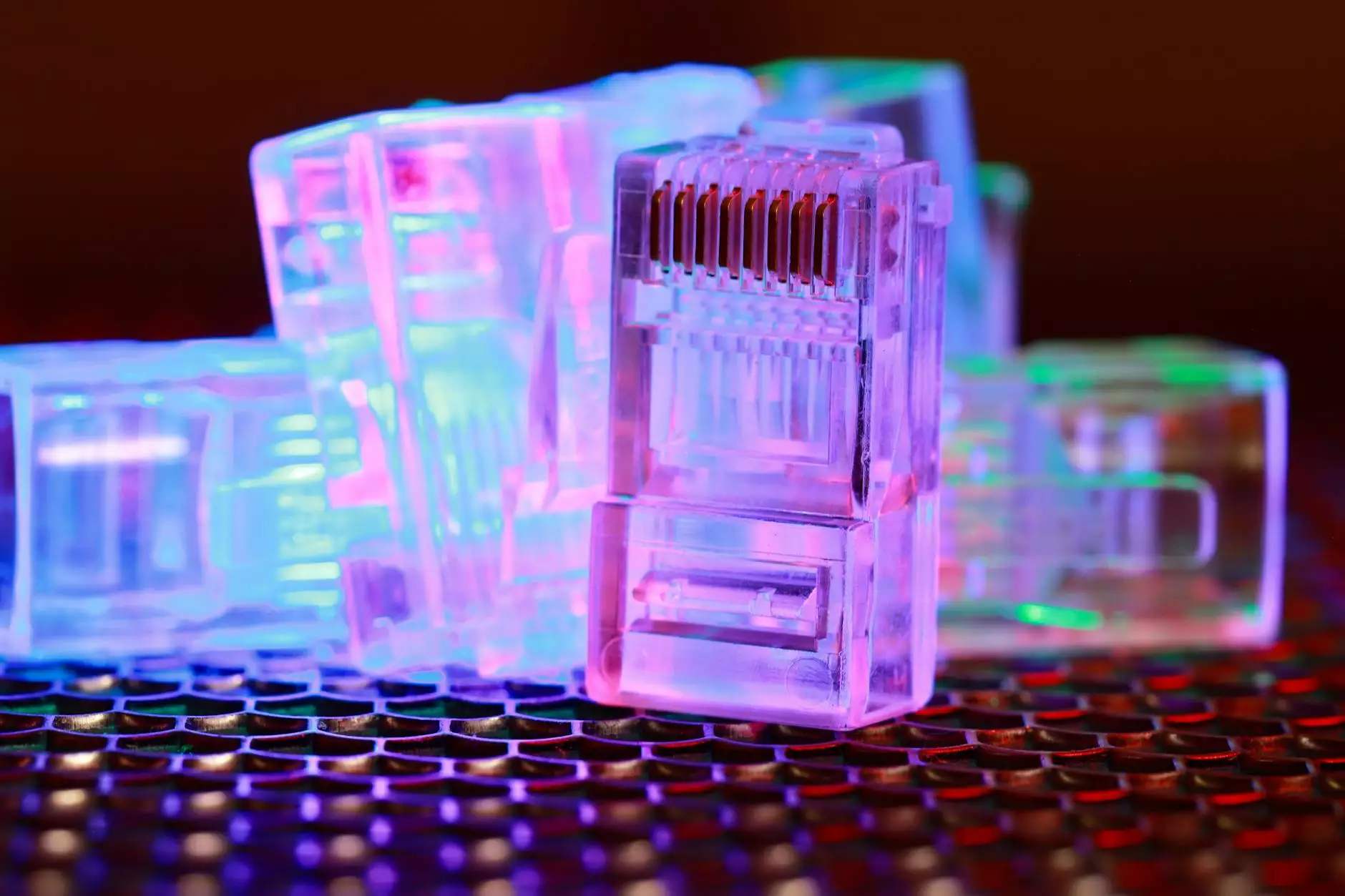Nondermatomal Paresthesias: Understanding and Addressing Unique Sensations
Nondermatomal paresthesias represent a unique category of sensory disturbances that can be both intriguing and concerning. These sensations, characterized by feelings of tingling, numbness, or prickling, occur in areas that are not mapped to specific dermatomes. Understanding the underlying mechanisms, causes, and treatment options for nondermatomal paresthesias is crucial for both clients and healthcare providers. This article aims to delve deep into the nuances of this condition and emphasize the invaluable role chiropractors play in its management.
What Are Nondermatomal Paresthesias?
Nondermatomal paresthesias refer to sensations that arise outside the dermatomes, which are regions of skin supplied by specific spinal nerve roots. Unlike dermatomal paresthesias, which can often be traced back to nerve root compression or injury, nondermatomal paresthesias do not follow the typical patterns seen in dermatome maps.
Understanding the Mechanism
The sensory nerves transmit signals from the body to the brain, where sensations like touch, temperature, and pain are processed. In cases of nondermatomal paresthesias, these signals can become disrupted due to various factors:
- Nerve Compression: Pressure on peripheral nerves can lead to abnormal sensations.
- Nerve Damage: Conditions such as diabetic neuropathy can cause widespread numbness and tingling.
- Systemic Conditions: Illnesses like multiple sclerosis can result in paresthesias unrelated to dermatomes.
- Circulatory Issues: Reduced blood flow may induce strange sensations.
Common Causes of Nondermatomal Paresthesias
Recognizing the potential causes of nondermatomal paresthesias is essential for proper diagnosis and treatment. Here are some common factors that may contribute to this condition:
1. Neuropathy
Neuropathy, often resulting from diabetes, can lead to widespread nerve damage, causing sensations in non-dermatomal areas. People with diabetic neuropathy frequently experience tingling or numbness in their feet and hands, which may not adhere to the typical dermatome pathways.
2. Vitamin Deficiencies
Deficiencies in vitamins B1, B6, B12, and E can result in nerve damage and paresthesias. Maintaining a balanced diet or using supplements can prevent such deficiencies and the associated sensations.
3. Autoimmune Disorders
Conditions such as rheumatoid arthritis and lupus can cause systemic inflammation that affects nerve health, leading to sensations that do not conform to dermatome mapping. These autoimmune disorders might cause widespread symptoms due to the inflammatory processes involved.
4. Medication Side Effects
Certain medications, especially those used in chemotherapy or those with neurotoxic effects, can lead to paresthesias as a side effect. Patients often report tingling or numb sensations that are not localized to specific dermatomes.
5. Circulation Issues
Poor circulation due to conditions like peripheral artery disease can lead to decreased blood flow to the extremities, resulting in tingling or numbness. Individuals experiencing circulatory issues may find that their symptoms fluctuate based on activity level.
Symptoms Associated with Nondermatomal Paresthesias
Symptoms of nondermatomal paresthesias can vary widely from person to person. Some of the most common sensations include:
- Tingling: Often described as a “pins and needles” feeling.
- Numbness: A lack of sensation in specific areas.
- Burning Sensation: Some individuals report a burning feeling in addition to common paresthesias.
- Electric Shock Feeling: A sensation akin to an electric shock is often reported as well, particularly in cases related to nerve involvement.
Diagnosis of Nondermatomal Paresthesias
Accurate diagnosis of nondermatomal paresthesias is crucial for effective treatment. Healthcare providers might use various methods for diagnosing the underlying causes of these sensations:
1. Medical History Review
A thorough medical history can provide insights into potential causes, including past illnesses, medication usage, and lifestyle factors. Understanding the patient's medical background is vital for identifying possible sources of nerve irritation or damage.
2. Physical Examination
A comprehensive physical exam helps assess the areas affected and gather information on the sensory distribution. This can identify patterns and potential causes of paresthesias.
3. Diagnostic Tests
Tests may include:
- Blood Tests: To check for diabetes, vitamin deficiencies, or autoimmune markers.
- Electromyography (EMG): Evaluates the electrical activity of muscles and nerves.
- Nerve Conduction Studies: Measure how well electrical impulses travel through the nerves.
Treatment Options for Nondermatomal Paresthesias
Treating nondermatomal paresthesias depends largely on the underlying condition. Here are some of the most effective treatment strategies:
1. Chiropractic Care
Chiropractic treatment can play a vital role in managing nondermatomal paresthesias. Chiropractors use various techniques to alleviate nerve compression and improve visceral health. By using spinal adjustments and other therapies, chiropractors can enhance nerve function and restore balance within the nervous system.
2. Physical Therapy
Physical therapy, including exercises specifically designed to strengthen the nerves and improve blood flow, can help alleviate symptoms. Techniques such as stretching, strengthening, and coordination exercises can prove beneficial.
3. Medication and Supplements
When nondermatomal paresthesias result from systemic conditions like diabetes or vitamin deficiencies, appropriate medications or supplements may be required:
- Pain Relievers: Non-steroidal anti-inflammatory drugs (NSAIDs) can help manage discomfort.
- Antidepressants: Certain antidepressants can help with neuropathic pain.
- Vitamin Supplements: For deficiencies, supplements can restore appropriate levels.
4. Lifestyle Changes
Making lifestyle adjustments can significantly affect symptom management and overall health. Recommendations may include:
- Dietary Changes: A balanced and nutritious diet can help prevent deficiencies.
- Exercise: Regular physical activity can improve circulation and nerve health.
- Quit Smoking: Smoking can further exacerbate circulation issues, worsening paresthesias.
Self-Care Strategies for Managing Nondermatomal Paresthesias
For those dealing with nondermatomal paresthesias, self-care plays a crucial role in management. Here are some effective strategies:
1. Regular Movement
Taking breaks to move around can help improve circulation and prevent numbness and tingling in the extremities.
2. Warm Compresses
Applying a warm compress to affected areas can help soothe discomfort and promote blood flow.
3. Stress Management Techniques
Practicing stress management techniques such as deep breathing, yoga, or meditation can help alleviate symptoms by reducing overall tension and improving emotional well-being.
Conclusion
Nondermatomal paresthesias can be a perplexing yet significant condition affecting many individuals. Understanding this phenomenon is critical for both patients and healthcare providers. By acknowledging the potential underlying causes, using appropriate diagnostic methods, and implementing effective treatment strategies, it is possible to manage and alleviate the symptoms associated with nondermatomal paresthesias.
Chiropractors can offer unique insights and treatment options that address the root causes of these sensations. Through personalized care, exercise plans, and lifestyle modifications, individuals experiencing nondermatomal paresthesias can find relief and reclaim their quality of life.
For more information about managing nondermatomal paresthesias and enhancing overall health, consider exploring the resources available at IAOM-US.com, where you can learn more about the intersection of chiropractic care, health, and education.









